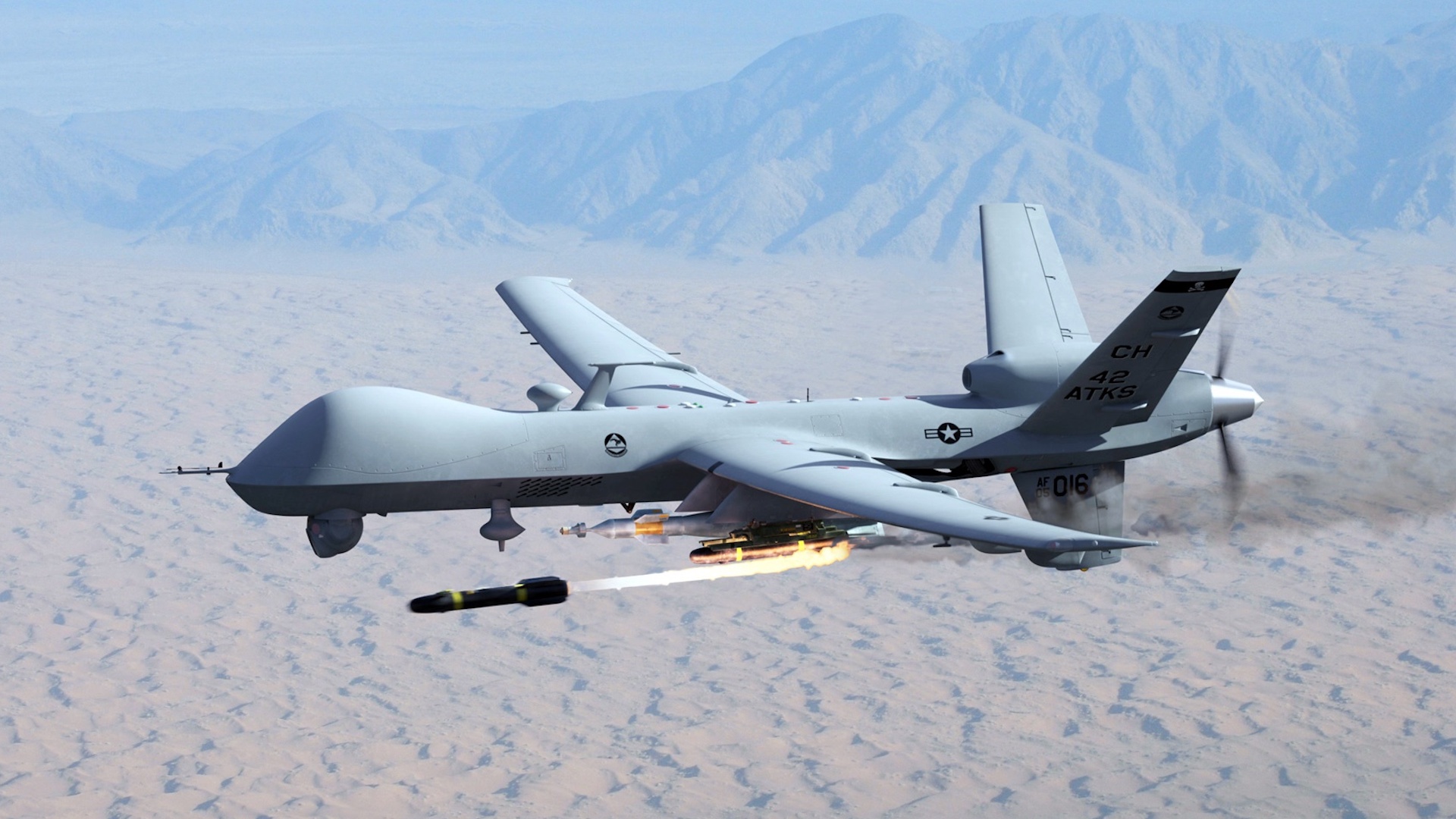

National Security Council spokesman John Kirby has argued that the Taliban killing of the Islamic State group leader believed responsible for the August 2021 attack on Abbey Gate that killed 13 U.S. service members helps to vindicate President Joe Biden’s decision to withdraw all American troops from the country.
“Having him gone is a good thing and it does part and parcel reflect the president’s decision to leave Afghanistan,” Kirby told reporters on Wednesday. “It does, in fact, prove, that you don’t need boots on the ground, you don’t need to remain in a particular field of battle, to be able to go after terrorists.”
Kirby stressed that the United States has “Over-the-Horizon capabilities” to monitor and strike terrorist groups in Afghanistan and elsewhere. Moreover, those capabilities have improved since the U.S. withdrawal from Afghanistan in August 2021, noting that a July 2022 U.S. drone strike in Kabul killed al-Qaida’s top leader Ayman al-Zawahiri.
Subscribe to Task & Purpose Today. Get the latest military news, entertainment, and gear in your inbox daily.
What are ‘over-the-horizon’ capabilities?
In broad terms, “Over-the-Horizon capabilities” refer to a wide range of aircraft and other means by which the Defense Department and intelligence community can persistently monitor certain areas for potential threats, assess emerging threat networks over time, and strike authorized targets that are a threat to the United States – all without the need for troops on the ground, said Army Lt. Col. Rob Lodewick, a Pentagon spokesman.
For operational security reasons, a U.S. official declined to elaborate on exactly how the United States conducts intelligence, reconnaissance, and surveillance in Afghanistan and elsewhere.
It is unclear exactly how the recent death of the ISIS-Khorasan leader at the hands of the Taliban demonstrates that the U.S. military’s “Over-the-Horizon capabilities” have gotten better over time. Kirby said the United States did not participate in the Taliban operation that killed the ISIS-K leader, nor did U.S. intelligence agencies share any information about the leader with the Taliban.
However, the United States was able to verify the ISIS-K leader’s death, showing how information gathering is an important part of “Over-the-Horizon capabilities,” Kirby said.
“It’s not just about the dropping of a bomb or the insertion of special operations troops,” Kirby said. “It is about information and intelligence, and we continue to work to improve those capabilities. And again, further validation that you don’t have to have boots on the ground. We don’t need a presence in Afghanistan to be able to know things, to monitor things – and quite frankly, to strike if and when we feel the need.”
How often does the U.S. employ ‘over-the-horizon’ capabilities?
The U.S. has rarely demonstrated its ability to disrupt terrorist networks in Afghanistan from over the horizon.
Army Gen. Michael ‘Eric’ Kurilla, head of U.S Central Command, told lawmakers in March that in addition to the drone strike that killed al-Zawahiri, the U.S. military has conducted two “non-kinetic” missions in Afghanistan since the troop withdrawal.
Kurilla did not elaborate on what those missions were, telling Sen. Roger Wicker (R-Miss.) that he would discuss the matter further in a classified setting.
The general also said the U.S. military’s intelligence on Afghanistan has degraded since all U.S. troops left the country.
“I believe we can see the broad contours of an attack,” Kurilla told Sen. Tommy Tuberville (R-Ala.) during the March 16 hearing. “Sometimes we lack the granularity to see the full picture. And we are working to close that gap with our alternative airborne ISR [intelligence, surveillance, and reconnaissance] and some of our other intelligence that we are working to penetrate into those networks.”
Indeed, the Taliban have grown so tired of foreign drones flying through Afghanistan’s airspace that they vowed to spend more money on air defense systems.
Since leaving Afghanistan in August 2021, the U.S. military has increased the time its aerial assets loiter over the country to conduct intelligence, surveillance, and reconnaissance missions, said Army Col. Joe Buccino, a spokesman for CENTCOM.
“However, these assets must travel a considerable distance, meaning much of the flight time is devoted to travel to Afghanistan and back,” Buccino told Task & Purpose on Wednesday.
Afghanistan expert Jonathan Schroden said he has not seen any public evidence to back up Kirby’s argument that the U.S. military’s “Over-The-Horizon capabilities” in Afghanistan have gotten much better since American troops left the country.
“I think it’s safe to assume that they likely have improved in their ability to monitor what’s happening there, if only through the development of whatever efficiencies and lessons learned that they may have implemented over a year-and-a-half,” said Schroden, who works for CNA, a nonprofit research and analysis organization in Arlington, Virginia. “So, I think it’s fair to assume that some improvement has likely occurred. But I also can’t point to any public data or operational outcomes that would underpin or support such a claim empirically.”
With no prospect of U.S. troops returning to Afghanistan, the Defense Department and intelligence community will likely be monitoring ISIS-K and al-Qaida from over the horizon for the foreseeable future.
The latest on Task & Purpose
- New details emerge about Col. Chung, the suspended commander of 5th SFAB
- Navy SEAL doctor astronaut Jonny Kim somehow finds time to become naval aviator
- Russia’s Spetsnaz forces are being annihilated in Ukraine, leaks claim
- 75th Ranger Regiment team wins Best Ranger Competition for third year in a row
- Wagner Group leader calls for end to Russia’s ‘special military operation’